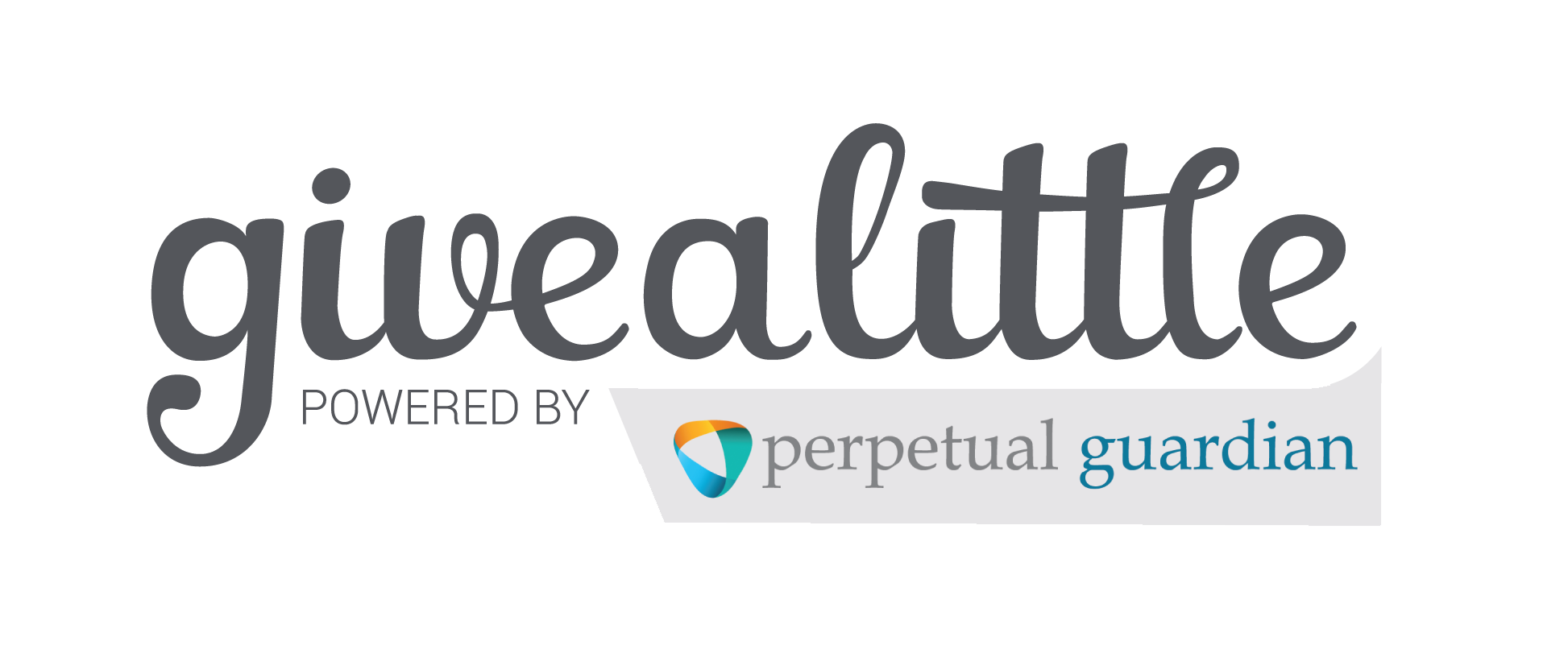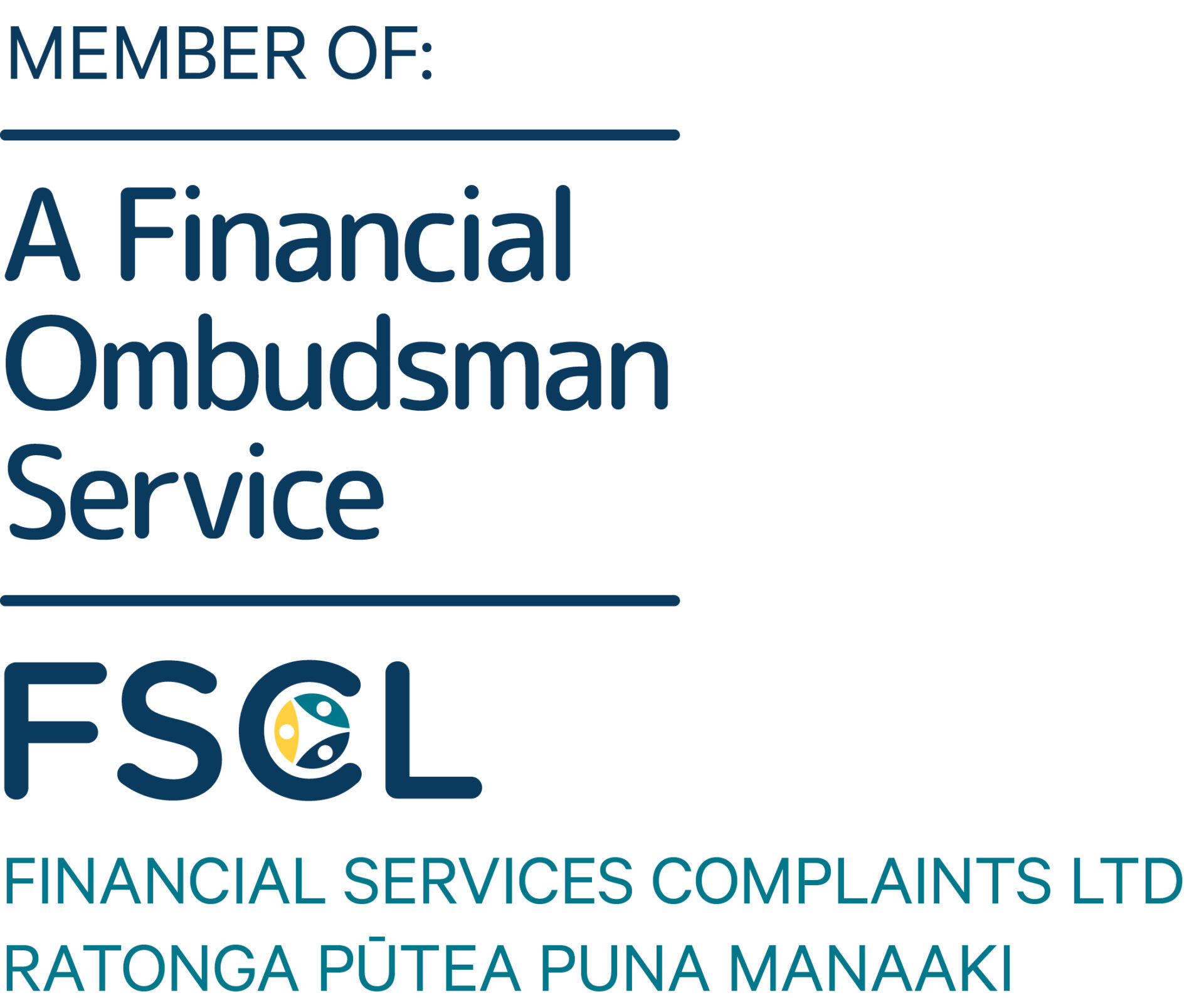This article was originally written and published by Openly Investing.
“Spirit is impervious to illness” – Marianne Williamson
It does not matter what news source you are connected to; they all carry the same headlines. Coronavirus or COVID-19 is pretty much the only story in town and a name which usually sits alongside emotive words such as pandemic, epidemic and endemic. Experts around the world are quick to put their knowledge and understanding on the table too. These views often diverge widely from each other and in some instances appear to be alarmist. Whether the reporting of extremes is accurate or not, the result has been to evoke some degree of panic and hysteria.
What we know so far is that COVID-19 is in 60 countries with more than 92,000 confirmed cases and a little over 3,150 deaths, all of which are rising. Of those more than 80,000 were in mainland China, 5,100 in South Korea and more than 2,100 in both Italy and Iran. What appears to be less of a focus from the media is the change in the number of instances. At the time of writing (9/03/2020), the rate of increase in confirmed cases within mainland China has continued to decline and it is widely reported that economic activity has begun to pick up. This is clearly positive but that it has now spread to more countries aided by a relatively long incubation period and its ease of transmission we will almost certainly not have seen this peak and it is far too early to declare victory.
Whilst the mortality rate appears to be low when compared to other viral instances, we must not forget that the illness will have turned some people’s lives upside down. Such loss of life is certainly tragic, and I hope the actions of the authorities will ultimately prevail and keep this particular illness from becoming endemic. Only time will tell. I shall steer away from the science, there are far better-placed people to reference in this regard, but I will turn my eye to what economically this entails, the impact on asset prices and what this means for investor portfolios.
Firstly, it is important to note that investor sentiment, alongside economic views, is an important component of any asset price return but that it can often be fickle. Sentiment becomes even more influential when valuations are elevated, and the future outlook becomes opaque. We now find ourselves at this juncture, with low visibility and valuations high driven by cheap money, almost 11 years of good times and people panicking in the streets.
Initially, investment markets shrugged off the potential impact of COVID-19 given a degree of misinformation and the belief that we have seen it all before only to come out the other side relatively unscathed – notwithstanding that there have been significant events historically, but these have been mercifully few in number.
The US, UK, Australian, European and New Zealand equity markets are all down this year, but the numbers are not quite as bad as one would have thought given the level of noise in the press and elsewhere. So far, they have declined 8%, 16%, 12.5%, 11.7% and 6.8% respectively, however, these have been partially offset in New Zealand denominated portfolios given the New Zealand Dollar (NZD) has declined. The NZD has declined 6.2%, 3.9% and 6.3% respectively meaning, for example, the US market has declined 1.8% for a NZ domiciled client.
But these statistics, whilst interesting, are not the story of COVID-19 and its impact on the global economy. As yet, we do not know how bad the short-run effects will have been but there are plenty of estimates being put forward. Some believe that China will see a GDP decline of 10% in the first quarter given the extension of the New Year holidays and the impact of the viral outbreak on production. For the full year, it is likely Chinese GDP will now be approximately 4.9% which is down from 5.6%. But the drag to global growth is not going to be isolated to China, it is a global phenomenon.
Transportation
In the short term, I believe it is highly likely that we will see negative GDP growth around the world for the first quarter including here in New Zealand. Tourism has nose-dived and is New Zealand’s largest export, driving a significant proportion of foreign exchange earnings. Currently, this important sector contributes approximate 6% to the New Zealand economy but as Air New Zealand would attest, this will fall significantly. Multiple companies around the world and here at home have announced revised forecasts with Apple, Air New Zealand to name but two negatively revising forecasts. Indeed, Air New Zealand has now withdrawn all financial guidance given the rapidly evolving landscape. Alongside this, they have removed 26% of their capacity to Asia.
The decline in Transportation utilisation is not only restricted to Airlines either – although their sensitivity to passenger numbers is understandably high – it is all manner of modes, cars, trains, buses and ships etc. In turn, this has also impacted on the demand for aviation fuel but also other derivatives too. At this point, I would like to claim a victory for companies that use a significant quantity of fuel but that would be short-sighted. Companies such as airlines tend to hedge their risk to commodity prices well in advance which means they will reap any reward of weak fuel prices in times to come. The reduced demand for petroleum-based products has negatively impacted the price of oil which has declined significantly. This fall has been exacerbated by the breakdown in talks between OPEC (Saudi Arabia) and Russia. Russia refused to bend to the will of Saudi Arabia on production quotas that had been intended to stabilise the price through reduced supply. Russia’s refusal has put the cartel in jeopardy, and it is conceivable that this is the end of the road. Saudi Arabia’s response to this is to pump more oil and it has the ability to launch a price war with Russia given they are under-producing by over two million barrels of oil a day. This is now a price war.
Aside from the irrational panic-buying we have seen in the supermarkets, I believe COVID-19 has the potential to change the way company management think about business risk. This is important! For years, companies have been moving manufacturing capability offshore to mainland China which has promised to lower costs through efficiency and cheaper labour. The US addressed this slightly after embarking on a trade war with China with some companies onshoring production in the US again.
However, this is very much at the margin. Companies and therefore countries are reliant on Chinese production and the disruption is crippling. I walk past the ports every day and the number of containers at the dock is almost non-existent – for which I provide a picture.
Many commentators will be discussing a V-shaped recovery in global economic fortunes and I believe this is a bit of a stretch. My view is the recovery will be long drawn out given the supply chain is creaking and close to breaking. Closed production cannot just be ‘switched’ back on – factories take time to ramp back up and holes in inventory need to be filled and customers orders satisfied. In effect, the world’s supply chain needs to be filled again. Certainly, things will return to normal, but it will take time. Therefore, I would expect the recovery in global growth to be slower and take longer. This almost certainly means that interest rates will head lower and we have already seen this as a policy response from central banks.
Cash Rates
The Reserve Bank of Australia (RBA) was the first to move, cutting its target rate by 0.25% to 0.5%. The G7 then held a hastily arranged meeting to discuss the evolving environment with the US Federal Reserve convening an intra-meeting where they concluded a cut of 0.5% to 1.25% was appropriate. Canada followed suit. Whilst other central banks have yet to respond, they have all announced they will use policy tools to bolster growth if needed. I would fully expect them to cut at their next meetings – the only real question to my mind is how much. Here, in New Zealand, the next scheduled meeting of the Reserve Bank of New Zealand is on March 25th.
So official cash rates look set to decline and this has also been reflected in fixed income markets which have seen yields sharply lower this year. For example, the yield on the 10 year US Treasury has fallen by a little over 1.15% to yield 0.76% (0.5441% at 1.34 pm NZ time on 9 Mar) but the whole curve has shifted lower. What does this signal? I would suggest that it implies we should expect negative GDP around the world at least for the first three months of the year and that bond investors expect additional stimulus to be provided through further interest rate cuts. Yields look set to remain lower for some time to come as the world recovers from this shock. Positively, lower bond yields reduce the cost of borrowing which is supportive of growth. Meanwhile, corporate bond yields, especially those seen as risky, have seen yields rise sharply.
What may transpire from this shortage of goods and services around the world is some move higher in inflation as vendors take advantage of shortages, however, this would likely be transient especially given the high correlation of the oil price to inflation and the move lower in the cost of crude oil may well pressure inflation around the world still lower.
The long-term effects of this viral outbreak will not be known for quite some time however, I would be surprised for us to bumble along as we had previously. ‘Just in time’ inventory management has driven significant improvements in working capital over time. But the supply disruption will have mothballed companies’ production, and this will not be acceptable. Therefore, I would fully expect management to increase their inventory to support their businesses for times of crises which will increase the cost of doing business and pressure profitability.
In the short term, I would expect significant volatility in asset and currency prices driven by fear and news headlines but, and assuming the authority’s actions to date are successful, I would expect a slow recovery over the coming months to begin and economic activity to normalise.
In short, to panic now would be irrational and I see the dislocation in asset prices as an opportunity to find investment, but we must brace ourselves for what will be some interesting and volatile times.
Tim Chesterfield,
Chief Investment Officer,
Openly Investing Limited.







